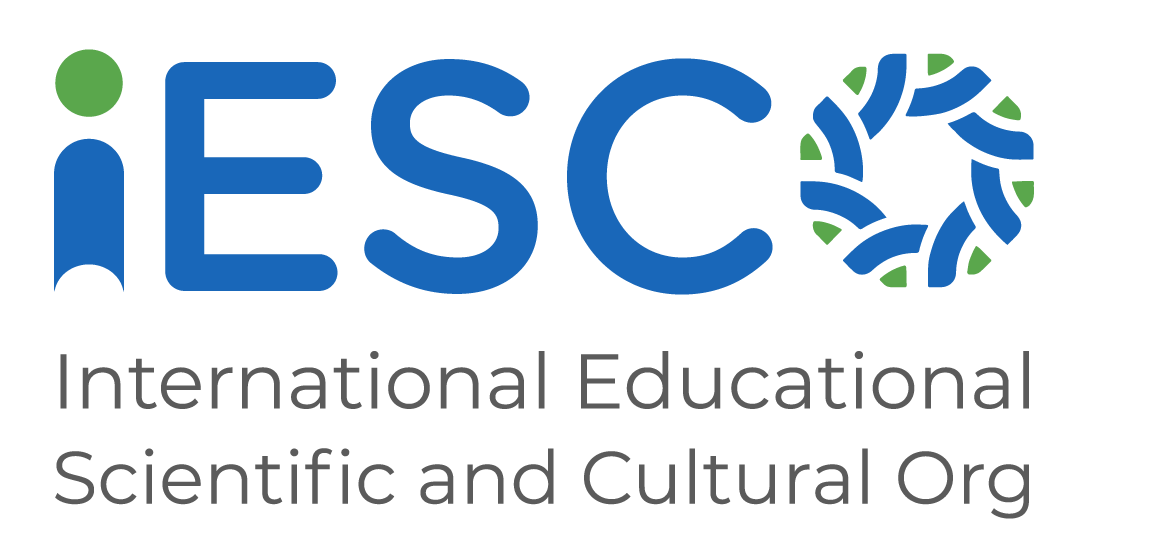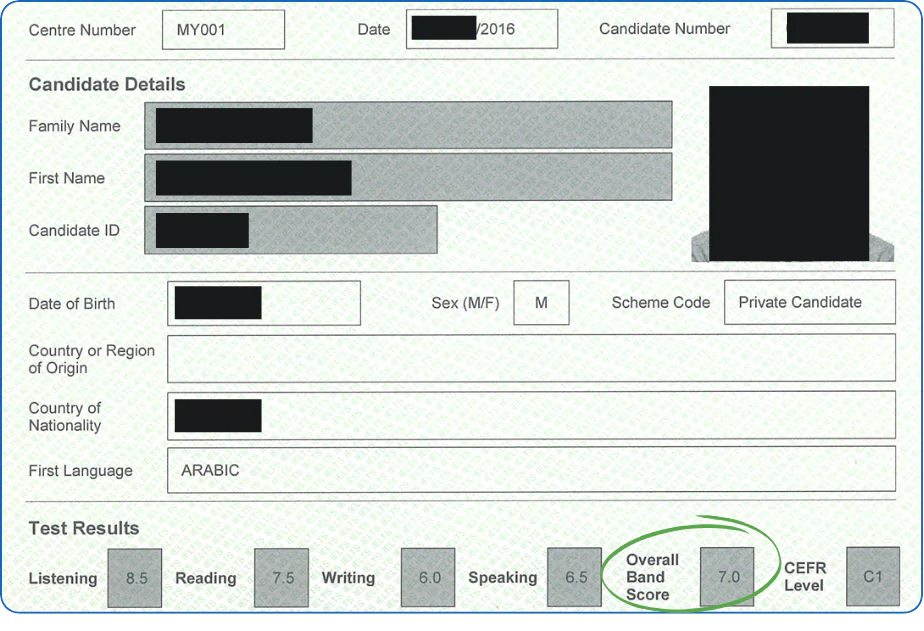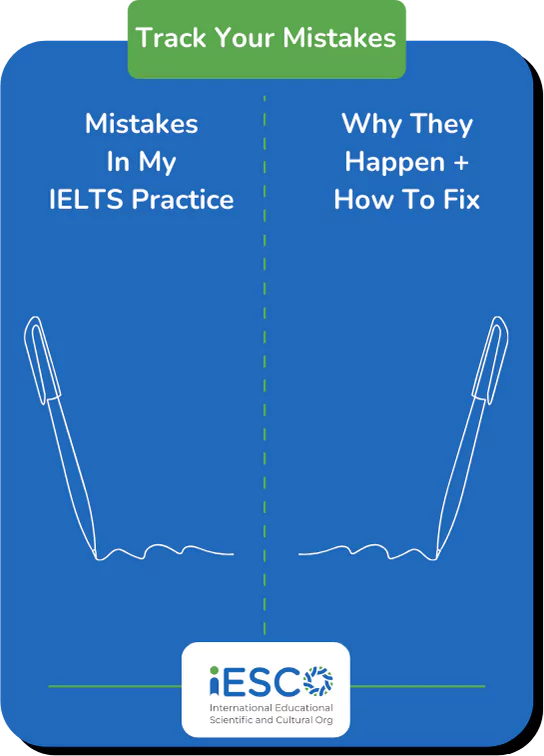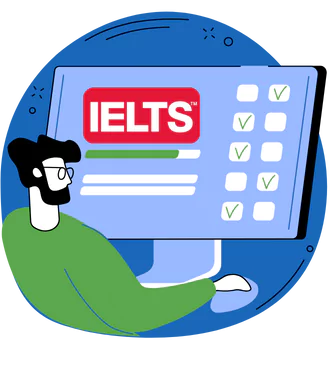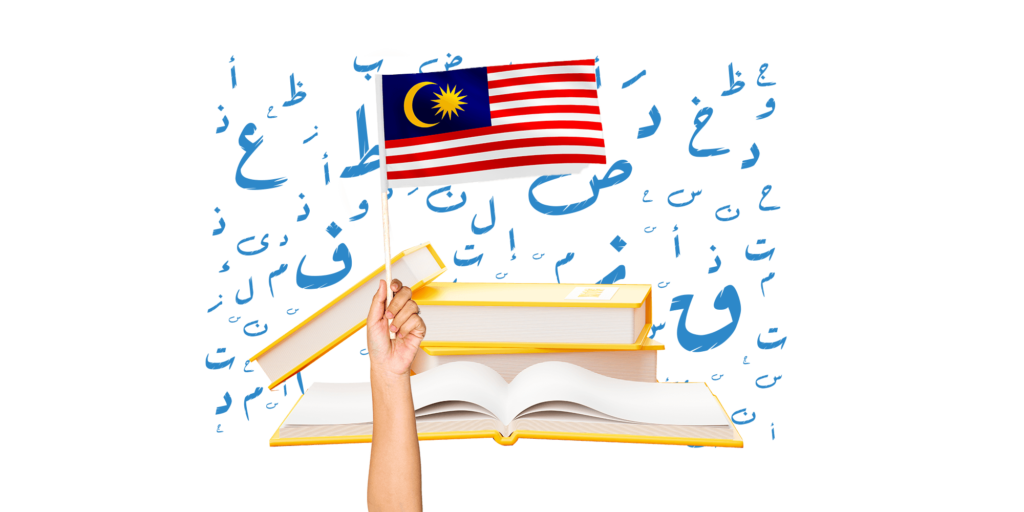Studying Data Science in Malaysia – 2025 Guide
Modern technology heavily relies on data, making one of the most in-demand fields globally. This interdisciplinary field combines programming, statistics, and artificial intelligence to analyze large datasets and extract actionable insights, enabling organizations to make precise decisions. That’s why we write today to give you all the info you need on studying data science in Malaysia.
This guide explores why Malaysia is a leading destination for studying Data Science. You will discover what data science is, top programs, affordable costs, and exciting career opportunities.
For more insights and specialisations, check out our previous blogs on medical ,engineering and physiotherapy studies at Malaysian universities.

Chapter 1: What is Data Science?
Data Science is a multidisciplinary field that aims to extract knowledge and insights from structured and unstructured data using scientific methods, algorithms, and systems. This field integrates statistics, computer science, and data analysis to transform raw data into actionable information.
Example:
Imagine a company with data from 500,000 customers wanting to segment them by interests. A data scientist develops strategies and executes this task effectively.
Components of Data Science
- Big Data Analysis: Involves processing and analyzing massive, fast-changing datasets to uncover hidden patterns and relationships that can influence strategic decisions.
- Machine Learning: Focuses on developing algorithms and models that allow systems to learn from past data and predict future outcomes without direct human intervention.
- Statistics: Applies statistical theories and methods to collect, analyze, interpret, and present data, enabling a deeper understanding of relationships and trends within datasets.
Fields Where Data Science is Applied
Data Science is revolutionizing numerous industries due to its critical role in various applications:
- Business: Enhances performance by analyzing markets to identify customer needs and predict trends.
- Healthcare: Analyzes medical data to improve treatments and disease diagnoses.
- Technology: Develops AI-driven tools like operative robots, chatbots and improvements to recommendation algorithms.
- Finance: Predicts market movements and evaluates risks.
Skills and Programming Languages Required
- Programming: Mastery of languages like Python and R is essential for building and analyzing models.
- Data Analysis: Organizing and understanding data using tools like Excel and SQL is fundamental.
- Statistics: Applying statistical theories to interpret data accurately.
- Machine Learning: Gaining expertise in teaching machines to handle real-world scenarios and develop smart solutions, such as self-driving cars.
Chapter 2: Studying Data Science at Malaysian Universities
When choosing to study a globally relevant field like Data Science, selecting the right country plays a crucial role in shaping your academic and professional journey. So, why is Malaysia among the best destinations for Data Science studies?
From high-quality education to affordable costs, and from a multicultural environment to promising career opportunities, Malaysia stands out as an ideal choice.
To assist you, we’ve compiled everything you need to make an informed decision. This chapter highlights the top universities in Malaysia, their unique features, and why they should be among your top choices.
1. University of Malaya (UM)
As one of Malaysia’s oldest and most prestigious universities, UM ranks 60th globally according to QS Rankings. The university offers exceptional Data Science programs at both undergraduate and postgraduate levels.
Program Highlights:
- Comprehensive Curriculum: Covers programming, statistics, machine learning, and data analysis.
- Practical Training Opportunities: Collaborations with leading tech companies in Malaysia.
- Advanced Facilities: Equipped labs that support hands-on learning.
Tuition Fees | Master’s Degree: Approximately 33,500 MYR per year.
2. Universiti Putra Malaysia (UPM)
UPM is renowned for its emphasis on research and practical applications, making it an excellent choice for students seeking a balanced academic and practical experience.
Program Highlights:
- Interdisciplinary Approach: Combines Data Science with IT and Business Administration.
- Industry Partnerships: Internships and training with companies like Petronas and IBM.
- Research-Oriented Focus: Comprehensive support for academic research pursuits.
Tuition Fees:
- Bachelor’s Degree: 19,054 MYR per year.
- Master’s Degree: Approximately 32,000 MYR per year.
3. Taylor’s University
Taylor’s University is well-known for offering industry-relevant programs. Its Data Science courses focus on equipping students with practical skills for future jobs.
Program Highlights:
- Practical Curriculum: Heavy emphasis on projects and internships.
- Strong Alumni Network: Graduates work in global companies like Google and Microsoft.
- International Program: Opportunities for student exchange with partner universities.
Tuition Fees | Master’s Degree: Starting from 48,011 MYR for the entire program.
4. Cyberjaya University
Located in a tech-centric area, Cyberjaya University is ideal for students who wish to specialize in practical applications of Data Science.
Program Highlights:
- Advanced Facilities: Modern labs equipped with cutting-edge data analysis technologies.
- Specialized Tracks: Offers pathways in Artificial Intelligence and Big Data Analytics.
- Strategic Location: Positioned in Malaysia’s digital hub, providing proximity to leading tech companies.
Tuition Fees | Master’s Degree: Approximately 35,000 MYR per year.
5. Asia Pacific University (APU)
APU is a leading institution offering specialized programs in computer science with a strong emphasis on data analytics.
Program Highlights:
- Integrated Curriculum: Combines theoretical and practical learning.
- Global Partnerships: Offers internships with top-tier tech firms.
- Diverse Learning Environment: Promotes innovation and critical thinking through multicultural experiences.
Tuition Fees | Bachelor’s Degree: 34,545 MYR per year.
6. UCSI University
UCSI University offers a Bachelor’s Degree in Computer Science with a specialization in Data Science, focusing on equipping students with the skills required for this fast-growing field.
Program Highlights:
- Updated Curriculum: Incorporates the latest advancements in Data Science.
- Practical Opportunities: Provides internships with local and international companies.
- Dedicated Academic Support: Ensures a rewarding learning experience.
Tuition Fees| Bachelor’s Degree: 27,284 MYR per year.
7. Sunway University
Sunway University offers a Bachelor’s Degree in Information Systems with a specialization in Data Analytics, preparing students to analyze and interpret data effectively.
Program Highlights:
- Application-Oriented Learning: Focuses on practical applications of data analytics.
- Collaborative Opportunities: Partnerships with leading organizations provide internships and research options.
- Supportive Learning Environment: Features state-of-the-art facilities and resources.
Tuition Fees:
Bachelor’s Degree: 39,482 MYR per year.
Comparison of Data Science Programs in Malaysia
| Level of Study | Bachelor’s Degree | Master’s Degree | Diploma |
|---|---|---|---|
| Duration | 3-4 years | 1-2 years | 1-2 years |
| Annual Cost (MYR) | 35,000 – 50,000 | 25,000 – 45,000 | 10,000 – 15,000 |
| Entry Requirements | High school diploma | Bachelor’s in related field | High school diploma |
| Skills Acquired | Programming, Statistics, Data Analysis | Advanced machine learning and analytics | Basic data analysis and technical tools |
| Career Opportunities | Data Analyst, Programmer, Junior Data Scientist | Data Scientist, Advanced Business Analyst, Machine Learning Engineer | Assistant Data Analyst, Entry-level Technical Roles |
The discipline is also available in UTM malaysia University: Read our guide here.
Education System in Malaysia
Malaysia’s education system adopts a modern, multifaceted approach, particularly in Data Science programs. The curricula are designed to integrate theoretical education with practical application, enabling students to deeply understand concepts and apply them to real-world scenarios. Programs emphasize areas such as programming, statistics, machine learning, and big data analysis.
Teaching Methods
- Interactive Learning: Universities employ interactive teaching models, including classroom discussions, group projects, and case studies.
- Practical Training: Most universities provide internship opportunities in collaboration with local and international companies to prepare students for the job market.
- Blended Learning: A mix of online learning and on-campus attendance offers students flexibility in their education.
Academic Terms
The academic year in Malaysian universities is generally divided into three main semesters:
- Duration: Each semester lasts between 12 to 14 weeks.
- Assessment Period: Each semester includes evaluation and examinations to measure students’ understanding of the coursework.
Key Features of the Malaysian Education System
- Practical Focus: Emphasis on hands-on learning to prepare students for real-world challenges.
- Industry Partnerships: Strong collaborations between universities and companies to integrate real-world projects into the curriculum.
- Technology Integration: Extensive use of technology in teaching enhances the overall learning experience.
Chapter 3: Practical Steps to Apply
Planning to study Data Science in Malaysia? Understanding the admission requirements, required documents, and application process is essential for a smooth experience.
Admission Requirements
1. Bachelor’s Degree
- Academic Requirements: High school diploma with a minimum of 75% average.
- Language Requirements:
- IELTS: Minimum score of 5.0.
- TOEFL iBT: Minimum score of 70.
2. Master’s Degree
- Academic Requirements: A bachelor’s degree in a related field with a cumulative GPA of at least 3.00.
- Language Requirements:
- IELTS: Minimum score of 6.0.
- TOEFL iBT: Minimum score of 80.
3. Diploma
- Academic Requirements: High school diploma or equivalent.
- Language Requirements:
- IELTS: Minimum score of 5.0.
- TOEFL iBT: Minimum score of 70.
Required Documents
To apply to Malaysian universities, you need to prepare the following:
- Passport: Valid copy.
- Academic Certificates:
- High school diploma and transcripts (for bachelor’s programs).
- Bachelor’s degree and transcripts (for master’s programs).
- Language Proficiency Certificates:
- Passport-Sized Photos: White background.
- Statement of Purpose: Explaining your motivation to study.
- Recommendation Letters: Required for master’s programs.
- Work Experience Certificates: If applicable.
- Note: All documents must be translated into English and certified if they are in another language.
How to Apply
The application process for Malaysian universities is conducted either online or through a student services agency. Below are the steps for online applications:
1. Choose the University and Program:
- Research universities offering Data Science programs.
- Check each university’s specific admission requirements.
2. Fill Out the Application Form:
- Access the application form on the university’s official website.
- Accurately provide your personal and academic information.
3. Upload Required Documents: Submit clear copies of all the required documents.
4. Pay the Application Fee:
- Application fees range from 100 to 300 MYR depending on the university.
- Payment can be made online.
5. Wait for a Response:
- Review periods typically last 2 to 6 weeks.
- You’ll receive an acceptance letter via email if successful.
6. Apply for a Student Visa: After acceptance, apply for a student visa through the Education Malaysia Global Services (EMGS) system.

Chapter 4: Career Opportunities for Data Science Graduates
With technological advancements and the growing reliance on data for strategic decision-making, Data Science careers have become some of the most in-demand and highest-paying across industries. This field opens doors to diverse opportunities in sectors such as technology, marketing, finance, and healthcare. Data scientists play a critical role in analyzing massive datasets and transforming them into actionable insights.
Fields of Work After Graduation
1. Technology (Tech Companies):
- Role of a Data Scientist: In the tech industry, data scientists analyze large datasets to enhance the performance of smart applications or build recommendation systems for products and services, like those used by Netflix or Amazon.
- Example: Developing algorithms to improve user experiences on platforms such as YouTube.
2. Marketing:
- Role of a Data Scientist: Data scientists contribute to understanding customer behavior and identifying the most effective marketing strategies.
- Example: Building predictive models to identify customers most likely to purchase a product.
3. Finance:
- Role of a Data Scientist: They predict market trends and analyze financial risks using advanced analytical tools.
- Example: Designing predictive models to evaluate investments in stocks and exchanges.
4. Healthcare:
- Role of a Data Scientist: They analyze medical data to improve healthcare quality and predict disease outbreaks.
- Example: Analyzing patient data to develop personalized treatments.
Popular Job Titles
1. Data Scientist:
- Job Description: Responsible for collecting and analyzing large datasets and designing models to help organizations make informed decisions.
- Required Skills: Programming (Python, R), statistics, and machine learning.
2. Data Analyst:
- Job Description: Focuses on analyzing data and presenting simplified reports that highlight trends and issues to improve organizational performance.
- Required Skills: SQL, Excel, and data visualization tools like Tableau.
3. Machine Learning Engineer:
- Job Description: Designs and develops intelligent machine learning models that can predict outcomes or make decisions based on data.
- Required Skills: Programming, algorithms, and machine learning frameworks such as TensorFlow.
Salaries in Data Science
Average Salaries in Malaysia (Monthly):
- Junior Data Analyst: 4,000 – 6,000 MYR.
- Mid-level Data Scientist: 8,000 – 12,000 MYR.
- Machine Learning Engineer: 10,000 – 15,000 MYR.
Average Salaries Globally (Annually):
- Data Analyst: $60,000 – $80,000 (USA).
- Data Scientist: $100,000 – $120,000.
- Machine Learning Engineer: $120,000 – $150,000.
Chapter 5: Tips for Aspiring Data Science Students
Data Science is not just an academic discipline; it’s a skill that demands continuous learning and practical application. If you’re a student interested in this field, investing in lifelong learning and hands-on experience will make you highly competitive in the job market. In this chapter, we provide actionable tips to help you build a successful career in Data Science.
Best Online Resources to Learn Data Science
Self-learning has become one of the most effective ways to acquire Data Science skills. Here are some of the top resources you can rely on:
1. Coursera
A platform offering courses from top universities like Stanford and MIT.
Recommended Courses:
- “Data Science Specialization” by Johns Hopkins University.
- “Applied Data Science with Python” by the University of Michigan.
Content Type: Paid with certifications, some free courses available.
2. Udemy
Provides practical courses at affordable prices.
Recommended Course:
“Python for Data Science and Machine Learning Bootcamp” by Jose Portilla.
Content Type: Paid with frequent discounts.
3. Kaggle
A platform specializing in Data Science education and competitions.
Recommended Courses:
“Introduction to Machine Learning.”
Content Type: Free with hands-on projects and competitions.
4. YouTube
Content Type: Completely free.
Recommended Channels:
- “Data School”: Simplifies data analysis concepts using Python.
- “StatQuest”: Explains statistical concepts in an engaging manner.
Importance of Practical Experience
Theoretical knowledge alone is insufficient. Practical experience plays a key role in mastering Data Science. Here’s how you can gain it:
1. Internships:
- Provides insight into how theoretical concepts are applied in real-world settings.
- Helps build a professional network, increasing your chances of landing a job.
2. Freelance Projects:
- Platforms like Upwork or Fiverr allow you to work on independent Data Analysis projects.
- Helps you create a strong portfolio that showcases your skills.
3. Hands-On Practice During Learning:
Use open datasets to apply the skills you’ve learned in courses and tutorials.
Why Participate in Data Science Competitions
Competitions are an excellent way to sharpen your skills and gain real-world problem-solving experience.
1. Kaggle:
The largest platform for Data Science competitions.
Benefits:
- Enhances practical skills.
- Achieving a global ranking improves your employability.
Example: “Titanic: Machine Learning from Disaster” is ideal for beginners.
2. DrivenData:
Focuses on competitions tackling social challenges.
Benefits:
- Work on projects with societal impact.
- Learn to solve complex problems in areas like healthcare and energy.
3. DataCamp Competitions:
Offers small-scale competitions to help develop Data Science skills.
Benefits:
- Apply theoretical knowledge to real-world projects.
- Gain a better understanding of core concepts.
FAQ Section: Frequently Asked Questions About Data Science
Students interested in pursuing Data Science often have numerous questions, especially about the opportunities available in countries like Saudi Arabia and Egypt. Here are answers to some of the most commonly asked questions:
1. How Long Does It Take to Study Data Science?
The duration of study depends on the academic degree:
- Bachelor’s Degree: Typically 3 to 4 years.
- Master’s Degree: Between 1 to 2 years.
- PhD: Usually 3 to 5 years.
2. What Are the Admission Requirements for Data Science?
While requirements vary by university, general criteria include:
- Bachelor’s Degree: A high school diploma with an average grade between 65% and 85%, depending on the institution.
- Master’s Degree: A bachelor’s degree in a relevant field with a CGPA of 2.5 to 3.0 out of 4.0.
- Language Proficiency: Some universities require certifications like IELTS or TOEFL.
3. What Career Opportunities Are Available for Data Science Graduates?
Graduates in Data Science enjoy diverse career options across various industries, including:
- Technology: Developing algorithms and analyzing big data.
- Marketing: Understanding consumer behavior and creating targeted strategies.
- Finance: Assessing risks and analyzing financial markets.
- Healthcare: Enhancing medical services through data analysis.
4. Are There Scholarships to Study Data Science in Malaysia?
Yes, many Malaysian universities offer scholarships for international students based on:
- Academic excellence.
- Financial need.
It’s recommended to contact universities directly for details. Additionally, check out our blogs on scholarships offered by top Malaysian universities.
5. What Skills Are Needed to Succeed in Data Science?
To excel in Data Science, you’ll need:
- Programming Skills: Proficiency in languages like Python and R.
- Statistical Knowledge: Understanding statistical theories and applications.
- Data Analysis Skills: Ability to interpret and manage data effectively.
- Machine Learning: Familiarity with AI and predictive modeling.
- Critical Thinking: Problem-solving and analytical capabilities are essential.
